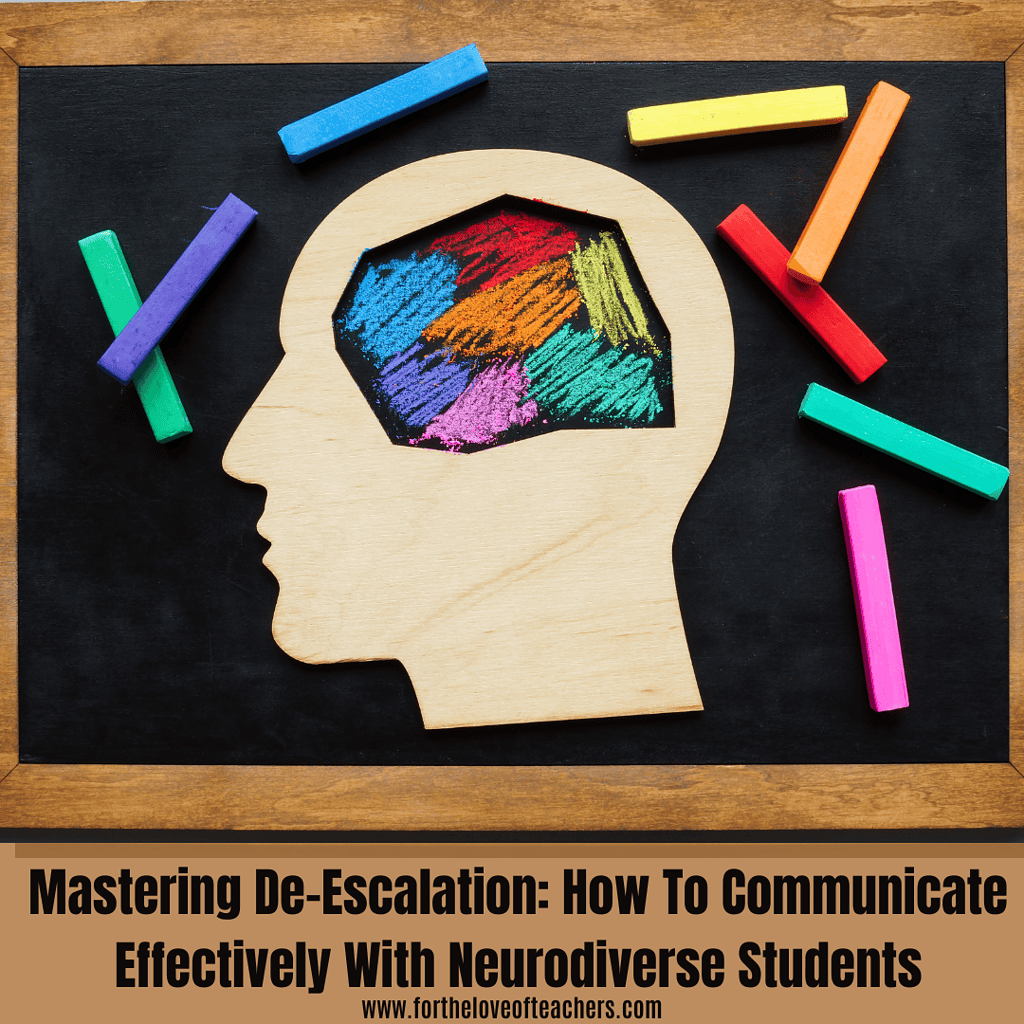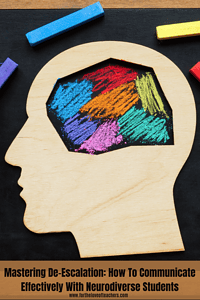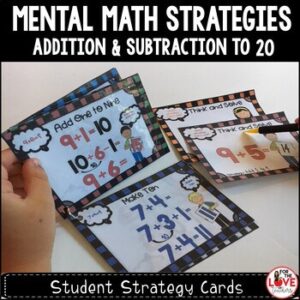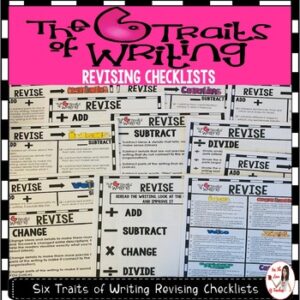As an educator, fostering an inclusive environment is crucial to the success of your students. Developing effective communication strategies is part of this effort toward inclusivity. Neurodiverse students often require a thoughtful and empathetic approach in the classroom. Learn how to de-escalate challenging moments, create a calm and supportive environment, and connect with neurodiverse pupils in meaningful ways.
The Unique Needs of Neurodivergent Students
To cultivate effective communication techniques with neurodivergent students, you must first understand what it means to be neurodivergent. Neurodivergence is an umbrella term for a range of neurological differences that affect how people think, act, and communicate. This term is non-medical in and of itself, but it can be used to describe people with a variety of different diagnoses.
Some of the most salient diagnoses that correspond with neurodivergence include autism spectrum disorder (ASD), attention deficit disorder/attention deficit hyperactivity disorder (ADD/ADHD), dyslexia, and dyspraxia. A student doesn’t have to have a specific diagnosis to exhibit neurodivergent behaviors. Their neurotypical peers and educators will likely notice the differences in the way they interact with others, including lack of eye contact or meltdowns in overstimulating situations with loud noises.
In any case, it’s important to understand that these differences mean neurodivergent students will have unique needs. Learn how to communicate with them in meaningful, helpful ways to create a productive, inclusive educational environment for all.
Promoting Positive Interactions
Neurodivergent students process information differently than their peers. Their brains are simply wired to perceive communication in unique ways. However, educators aren’t always primed to adjust communication to meet these needs and facilitate easier learning experiences. Consider the following to prepare for the de-escalation of high-intensity moments, such as frustration from misunderstandings or meltdowns in overwhelming situations.
Listen Actively
One of the best things you can do for your students is to listen. You can learn so much from simply taking a step back and observing how neurodivergent students behave in various situations. Active listening also lets students know that you are engaged with them and willing to help. Use nonverbal cues like facing toward the speaker, but watch for discomfort with eye contact and other increases in proximity.
Adapt to the situation at hand, actively listening and trying to understand where the speaker is coming from. Avoid the temptation to interrupt, and reiterate what you have gleaned from the conversation to clarify intent.
Speak Clearly
Neurodivergent individuals often misunderstand words and phrases that aren’t direct. For example, if you give an assignment that outlines what not to do, these students may not understand what they are being instructed to do. Instead, write and speak clearly, laying out exact steps that can’t be easily misinterpreted. Avoid confusing language like jargon and idioms. If you’d like, you can even incorporate lessons on how to interpret figurative language into your lesson plans.
Be Patient and Predictable
Predictable behaviors from teachers can ease the minds of neurodivergent students. Take your time with them to understand what they expect from you, and try your best to show up every day in a similar way. If it helps, you can provide students with a schedule that will let them know the timing of lessons and topics. This can prevent meltdowns and frustrations with the unpredictability that may occur if you go “off-script.”
Provide Visual Aids
Many neurodivergent individuals have unique ways of processing information. Supplying written, spoken, and visual aids can cater to the various learning styles that will inevitably occur in your classroom. This is also helpful in classroom decor, like putting signs with words and pictures on cubbies or turn-in boxes.
Be Personable and Validating
Just as you would want someone else to validate you and have empathy for your situation, you should provide that for your neurodivergent pupils. It’s important not to make assumptions about any student. Don’t assume gifted students won’t need help with social skills or acceptable behaviors, and don’t assume neurodivergent students are always inept or need help.
When in doubt, it’s always personable and responsible to ask. Offer accommodations like noise-canceling headphones or take-home tests when available. Try to design your curriculum with all students in mind, straying away from activities with loud sounds or unpredictable outcomes. If you’re having increasing trouble with neurodivergent students, try reaching out to their parents and psychologists. This can help facilitate conversations about what works best for their unique lifestyle and scenario.
Moving Forward
With all of this in mind, you can design a more inclusive classroom environment for your students. Strive to strike a balance between catering to neurodivergent needs and keeping the curriculum engaging and effective. Try incorporating specific activities to teach social skills, and keep an eye on verbal and nonverbal feedback from all pupils. An open mind and genuine heart can go a long way when crafting an inclusive educational environment for neurodivergent students.
 About the Author: “Indiana Lee is a journalist with a focus on special needs, child development, and education, aiming to inform and influence positive changes in these areas through her writing. Connect with her on LinkedIn.”
About the Author: “Indiana Lee is a journalist with a focus on special needs, child development, and education, aiming to inform and influence positive changes in these areas through her writing. Connect with her on LinkedIn.”
Related posts:
My Son is Neurodiverse, But No One Knew It
Thanks for reading!
If you like it, then pin it!

Christine Weis is a passionate educator, classroom management coach, wife, and mom of two busy boys. She enjoys teaching, writing, and creating resources for teachers.









Leave a Reply